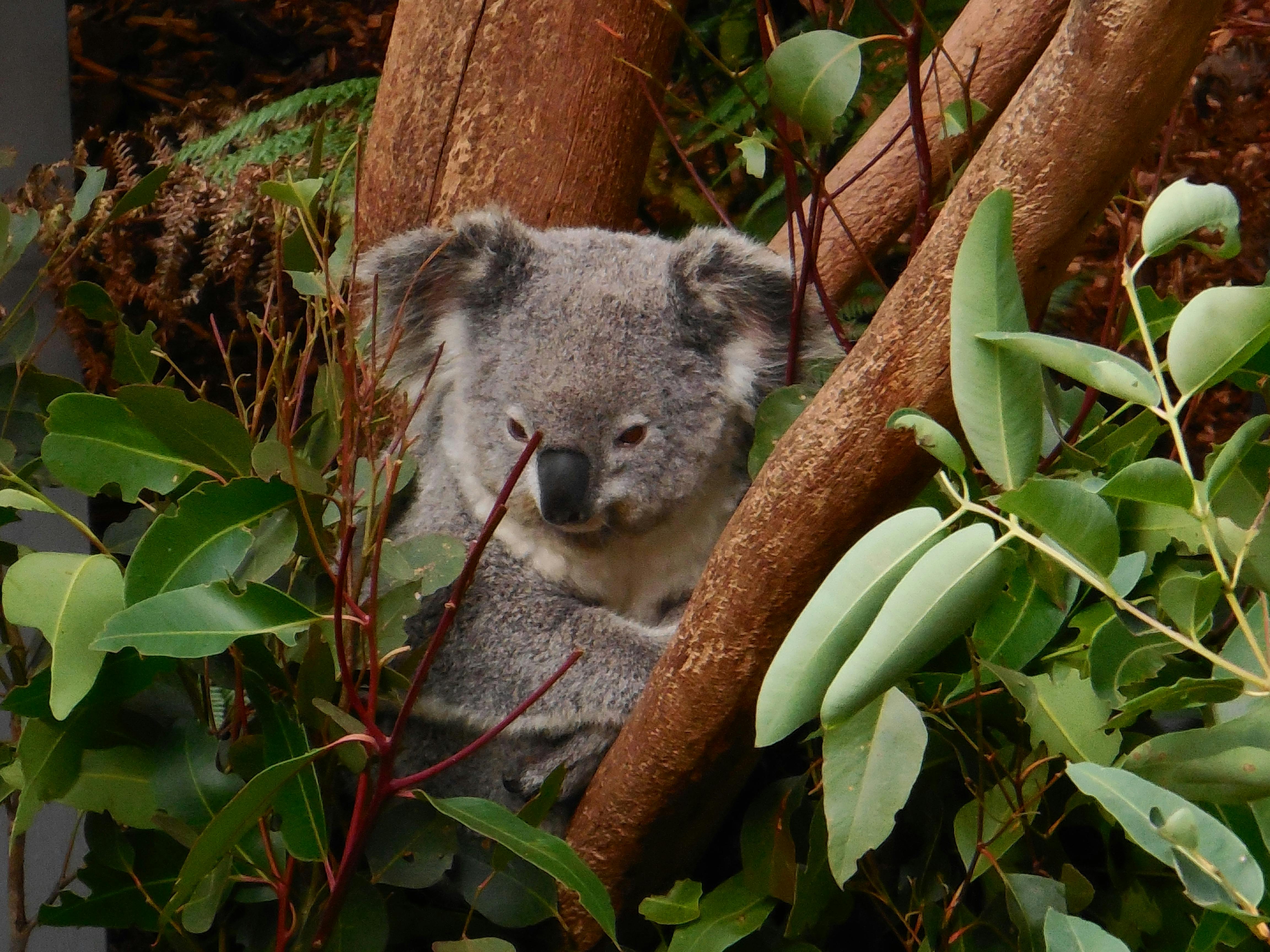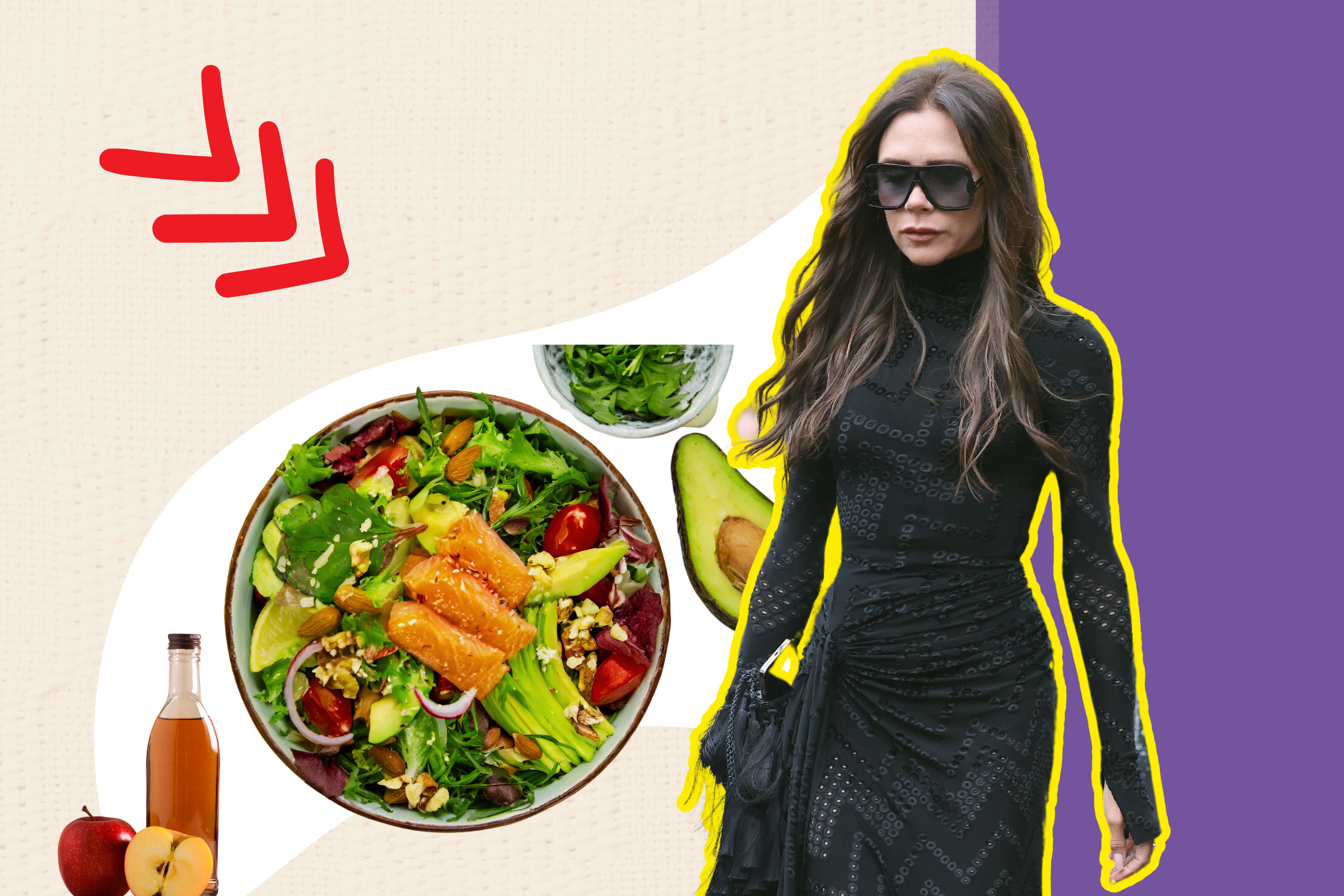Smart Ways to Optimize Your Owl Diet for Better Health in 2025

Smart Ways to Optimize Your Owl Diet for Better Health in 2025
Understanding the diet of owls is crucial for their health and survival. As these fascinating nocturnal predators play a significant ecological role, optimizing their diets can greatly impact local ecosystems. In this article, we will explore the various aspects of the owl diet, focusing on the types of food that owls consume, their prey preferences, and how these factors influence their health. We'll also look at the importance of seasonal variations in their diets and the innovative strategies necessary to maintain their nutritional needs in an ever-changing environment. Join us as we delve into the world of owls and uncover effective ways to support their dietary habits.
By optimizing owl diets, we can ensure their vitality and adaptability in various habitats. For wildlife enthusiasts, caregivers, and conservationists alike, mastering the intricacies of owl nutrition leads to more informed decision-making in owl care, rehabilitation, and overall wildlife conservation efforts.
Key Takeaways:
- The types of food owls consume are diverse, with their diets primarily consisting of small mammals, birds, and insects.
- Understanding seasonal changes in owl diets helps promote better health and management.
- Innovative techniques in owl care can enhance dietary adaptations and support owl populations.
Essential Components of an Owl Diet
Building on the introduction, let's explore the essential components of the owl diet. Owls are primarily carnivorous, relying on a variety of prey to fulfill their nutritional requirements. Key food sources include small mammals, birds, and insects, each playing a distinct role in providing energy and nutrients.
What Do Owls Eat?
The diet of owls is diverse and can vary significantly based on factors such as habitat, season, and specific species. Most commonly, owls prey on small mammals like rodents, which constitute a substantial portion of their diet. Birds and insects are also common food sources. However, the specific dietary preferences can differ significantly among the various owl species.
For instance, the Barn Owl primarily hunts small mammals like voles and mice, whereas the Great Horned Owl may consume larger prey including rabbits and other birds. Understanding these preferences is crucial in wildlife management and rehabilitation, ensuring owls receive the proper sustenance needed for health and survival.
Owls and Their Hunting Skills
The success of owls in hunting is largely attributed to their unique adaptations. Owls possess keen eyesight and exceptional hearing, allowing them to detect prey in low-light conditions. Their silent flight minimizes sound, enabling them to approach prey undetected. This hunting prowess is essential for maintaining their nutrition, particularly in regions where food sources may be sparse.
Moreover, the ability to hunt effectively impacts the prey populations and, consequently, the entire ecosystem. Preserving owl habitats ensures the continuation of this delicate balance. 
Types of Owl Food Sources
Owl food sources can be categorized into several key types, emphasizing the diversity of their diet:
- Small Mammals: Such as rodents, these form the backbone of many owl species' diets.
- Birds: Some owls, particularly larger species, target other birds as a food source.
- Insects: Particularly during breeding seasons, insects supplement the diet, providing protein for rearing young.
For example, owls like the Eastern Screech Owl often consume insects like crickets and moths, showcasing adaptability in their feeding behavior. Understanding these food sources allows for better conservation strategies, especially in regions experiencing shifts in prey availability due to environmental changes. 
Nutrition for Owls: Understanding Dietary Needs
With these fundamentals established, we can take a closer look at the specific nutritional requirements of owls. As apex predators, ensuring that their diet is aligned with their physiological needs is essential for promoting health and longevity.
Essential Nutrients in an Owl’s Diet
Owls require a range of nutrients to thrive, including proteins, fats, vitamins, and minerals. High levels of protein from their prey are essential for muscle maintenance and overall vitality. An appropriate balance of fats provides energy, especially during hunting and breeding seasons. Additionally, some essential vitamins and minerals are obtained through a varied diet, which is critical for metabolic processes.
Seasonal Owl Diet Variations
Throughout the year, owl diets can exhibit significant shifts. For instance, during breeding season, females may require more nutrients to support their young. In contrast, winter might see a higher reliance on smaller prey as larger prey becomes scarce. Understanding these seasonal variations plays an important role in effective owl management and conservation practices.
Common Mistakes in Owl Nutrition
One of the common mistakes in feeding owls, particularly in captivity, is adhering too rigidly to a singular dietary pattern. A diverse diet is critical for addressing the nutritional requirements of different owl species effectively. It's essential for caregivers to avoid repeating the same prey type, as this can lead to deficiencies or health issues.
Improving Owl Health through Diet
Taking this concept further, proper nutrition can significantly impact the health of owls and their populations. Monitoring and adjusting dietary habits are crucial for successful conservation and rehabilitation efforts.
Health Tips for Owls
To ensure optimal health, it is vital to regularly assess the dietary intake of owls in both wild and captive settings. Providing a balanced diet addresses key nutritional needs, thus preventing common health issues associated with poor nutrition.
Monitoring Owl Health through Dietary Changes
Tracking the health status of owls can also involve monitoring changes in their diet. By observing shifts in feeding patterns, caregivers can identify potential health concerns early on. Implementing dietary adjustments based on observational data contributes to maintaining good health.
The Role of Diet in Owl Rehabilitation
For rehabilitated owls, an optimal diet is crucial in the transition back to their natural habitats. A focus on specific dietary needs, depending on the owl species, will ensure a higher success rate in rehabilitation efforts. Continued education on owl diets among wildlife rehabilitators is necessary for successful release strategies.
Final Thoughts on Owl Diet Optimization
In concluding our exploration of owl diets, it is evident that optimizing their nutritional intake is vital for their well-being and the health of ecosystems. Advocating for proper dietary practices extends to wildlife conservation efforts, bridging the gap between human interaction and nature. Future research and education are essential for continued progress in understanding the dietary needs of owls, paving the way for healthier owl populations.
In 2025, as we focus on the significance of owl diets, let us work together in protecting these magnificent creatures and their habitats, ensuring their survival for generations to come. For further insights into owl care and conservation efforts, consider learning more through effective wildlife education programs and active community engagement. 